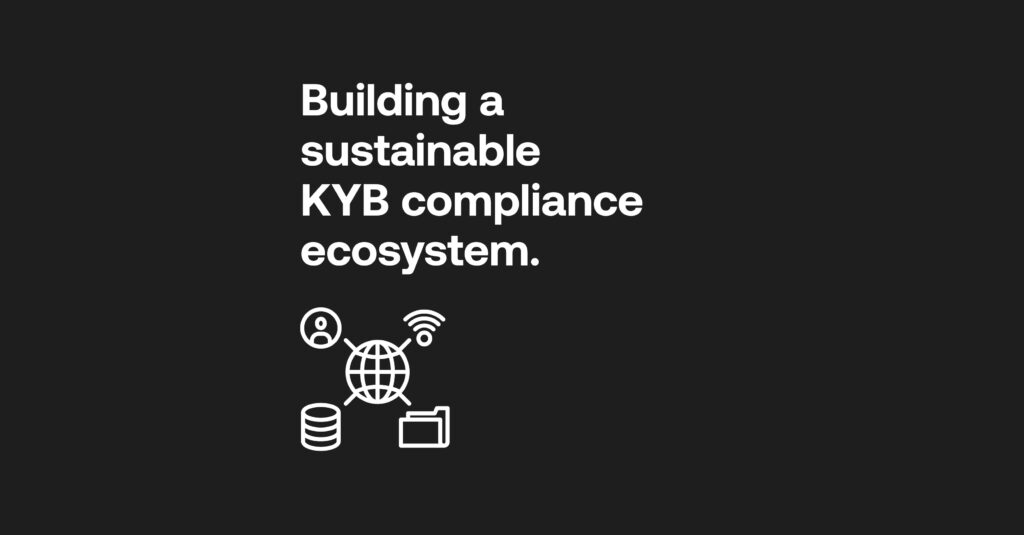KYC
Automate risk scoring, without losing control.
Set your own thresholds, trigger EDD when it counts, and trust risk scores that get it right, up to 95% accuracy, fully auditable, and built around how you work.
Arrange a demoIncrease Customer Risk Assessment accuracy by 95%
Automate 90% of Enhanced Due Dilligence processes
Achieve 50% faster Customer Risk Assessment setup

From onboarding to enhanced due diligence
Knowing about your customer base’s activities is paramount to flag suspicious criminal acts, whether customer data is brand new or already stored in-house. However, data can be split across various systems, adding to lengthy workloads associated with conducting due diligence throughout the whole customer lifecycle. This means accurate risk profiling can fall by the wayside.
Piecing together thorough CRAs, maintaining their calls for data consolidation, and adopting a dynamic course of action is possible with RelyComply, which allocates compliance resources appropriately to free up time to track and assess high-risk entities and their wider relationships further down the line.
Integrate and aggregate to build up a customer picture
Monitor the right people in the right way
All businesses set case-by-case risk thresholds to identify customers most likely to pose the risk of fincrime, and RelyComply allows for fast, flexible risk appetite updates.
One platform. Infinite possibilities
More conventional offerings do not unify their data, while the RelyComply platform consolidates consumer and risk data from separate sources and allows for document uploads.
Adaptability around the worldwide
Businesses can customise their CRA rules and calculations in accordance with the country where they are based to comply with changing, specific domestic and international regulations.
Automated EDD
Profiles that pose significant customer risk automatically funnel into a more granular due diligence cycle, triggering beneficial owner thresholds to find associated political exposure or negative media.
Get started with RelyComply
Choose your risk definition
User-set thresholds raise the accuracy of CRAs to extremely high.
Integrate seamlessly
Bring any existing CRA processes over to the RelyComply platform without hassle.
Redefine efficiency
Elevate only the most high-risk profiles for EDD and reduce costs by 30%, with compliance teams focusing only on critical areas.
Optimise CRA
Cleaner, contained data helps reduce the rate of false positives by up to 80%.
Maintain constant vigilance
RelyComply adapts to changing risks, putting users’ risk-based approach in the driving seat.
Quick KYC insights
Building a sustainable KYB compliance ecosystem
There’s no beating around the bush: the financial world may feel connected, but the regulatory gaps between players paint a very different picture. Achieving a worldwide standard for anti-money laundering (AML) is tough given jurisdictional cultural differences, market competition and levels of risk attached to regions. However, without shared expertise and experience in implementing RegTech, … Continued
Synthetic identities: addressing the silent epidemic
Knowing that your very identity is being transferred right now across the dark web is highly discomforting. Unfortunately, it’s also highly likely. The fraudulent use of passport photos, addresses and phone numbers has been around for a long time, and in the public eye, but the newer incarnation – synthetic identity fraud – is a … Continued
Enhancing customer onboarding at scale
Despite it being the norm, the thought of interval-led know your customer (KYC) every few years seems extremely outdated. Crime never sleeps and customers transact around the world at any time of day. Illicit payments and people can infiltrate the system at any point. Presiding over the comings-and-goings continuously is paramount to every modern financial … Continued


